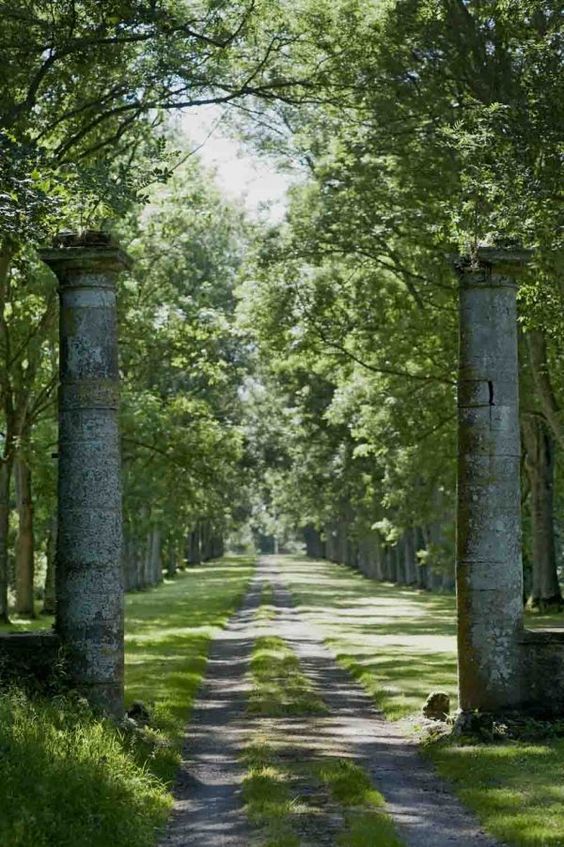Dear Integral Meditators,
What happens when you start to pay attention to the way in which you are paying attention? The articles below explores this topic!
In the spirit of mindful attention,
Toby

The what, why & how of mindful attention
Mindfulness can be thought of as essentially a form or attention training. By improving the way in which you pay attention to the different elements of your life you can improve the quality of your experience and the intelligence with which you interact with what you meet.
One simple but profound way of being mindful is to ‘pay attention to the way in which you are paying attention’. This can be broken down into three stages; the what, the why and the how.
The what – this first stage involves asking yourself the question ‘What am I paying attention to in this moment?’ It involves taking a step back and watching your mind, observing the movement of your attention, without interfering or trying to alter what you experience. You will observe that your attention focuses on things in a certain way, and often with a certain inner commentary with regard to what you are focused on.
The why – the second stage involves reflecting upon the question ‘Why am I focusing upon this object in this particular way?’ For example:
- My own body with distaste
- This future event with anxiety
- This other person with longing
Try and understand the motivations and habits behind the way in which you are focusing on things at any given time. At this stage you are emphasizing observation, curiosity and the quest to understand, rather than to change anything.
The how – the final stage of being mindful of attention is to as yourself ‘How can I improve my experience in this moment by adjusting the way in which I am paying attention? To continue with the three examples above:
- Is it possible to pay attention to my body with less judgment and more gentleness?
- Could the future event be exciting or pleasant to think about if I adjust the way in which I pay attention to it?
- Is longing an optimal way of focusing on this person, or could I replace it with curiosity, openness and/or liking?
It may be that you are happy with the way in which you are focused upon your object, but quite often if we have done stages one and two, we will naturally become aware of (often quite small) adjustments that we can make in our attention that will improve and optimize our experience.
Quite often stages two and three of the mindfulness of attention practice will start to happen quite organically as a consequence of the first practice of ‘what am I paying attention to in this moment?’.
You can do this as an actual sitting meditation practice, or you can just come back to these questions regularly in your daily life in order to improve both your awareness of attention, and the way in which you apply it.
© Toby Ouvry 2017, you are welcome to use or share this article, but please cite Toby as the source and include reference to his website www.tobyouvry.com
Upcoming Courses at Integral Meditation Asia
Ongoing on Wednesday’s, 7.30-8.30pm – Wednesday Meditation Classes at Basic Essence with Toby
Ongoing on Tuesday evenings from November, 7.30-8.30pm – Tuesday Meditation Classes at One Heart with Toby (East coast)
Tuesday 7th February & Wednesday 8th February – Lunar new year meditation 2017: Tapping into the confidence, motivation & honesty of the Rooster
Friday 24th February, 7.30pm – TGIF meditation & meal: Nourish your body mind & soul at Oneheart!
Saturday 25th February, 10am-5pm – An Introduction to Meditation from the Perspective of Shamanism
Saturday 4th March, 10am-5pm – Meditation from the Perspective of Shamanism Level 2 – Deeper into the Shamanic journey
Integral Meditation Asia
Online Courses * 1:1 Coaching * Books * Live Workshops * Corporate Mindfulness Training *Life-Coaching * Meditation Technology








